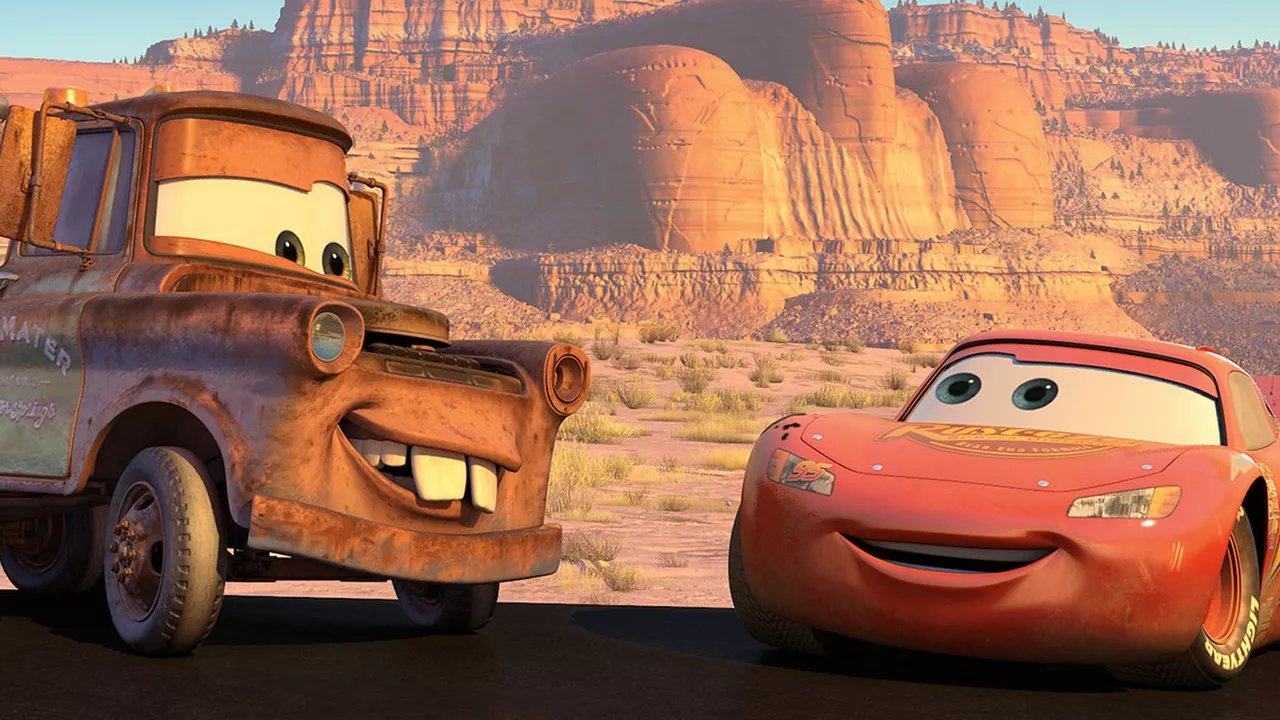Cars Movie Reproduction Explained – How Do Cars Multiply?
If you’ve ever watched Cars and asked yourself how these machines become parents, you’re not alone. The movie treats its heroes like people – they have feelings, friendships, and even families – but it never spells out the biology of a car world. In this guide we’ll pull together what the film tells us, what fans have imagined, and a few logical clues that help fill the gaps.
What the Film Shows
First off, the movie never shows a birth scene. The story focuses on race tracks, road trips, and redemption, leaving reproduction out of the spotlight. What we do see, however, are plenty of relationships that feel family‑like. Lightning McQueen talks about his “crew,” Mater calls his friend Luigi “brother,” and the town of Radiator Springs feels like a close‑knit community. These hints suggest the world follows human social rules, so it’s natural to assume a similar life cycle.
One concrete clue is the presence of car factories in the broader Pixar universe. In other Pixar shorts, you can spot assembly lines and dealership lots, implying that new cars are built the way new humans are born. The film even shows a “new model” arriving at a race, which feels like a teen stepping into adulthood. So, the simplest reading is that cars are “born” in factories, just as people are born in hospitals.
Fan Theories and What Could Happen
Fans love to fill the blank. Some say there’s a “car stork” that delivers newborn vehicles to families, playing off classic human birth myths. Others argue that the world operates on a recycling loop – old cars retire, parts are salvaged, and new models are assembled from those pieces. This theory matches the film’s respect for legacy: characters like Doc Hudson are revered like grandparents, hinting that older cars pass wisdom (and maybe parts) to the next generation.
Another popular idea is that the cars reproduce through upgrades. When a driver swaps out a turbo or upgrades a chassis, it’s like a child inheriting traits from its parents. The movie’s emphasis on customization supports this: Lightning’s new paint job or Mater’s homemade antenna feel like personal growth milestones.
Which theory feels most believable? The factory model fits best with the movie’s internal logic. The world runs on production lines, and the characters treat each other like a family, so you can think of a factory as a “birthplace.” The upgrade idea works well for storytelling, showing how characters evolve, but it’s more metaphorical than literal.
Regardless of the exact mechanics, the important takeaway is that the Cars universe mirrors our own in a playful way. By giving machines human‑like lives, Pixar invites us to think about identity, growth, and community without needing a detailed biology lesson. The mystery of car reproduction adds charm, letting viewers fill in the blanks with their own imagination.
So next time you watch Lightning speed around the track, remember that behind the roar is a world where new cars probably roll off an assembly line, get a few upgrades, and join a community that feels a lot like ours. It’s a simple idea, but it makes the whole film feel richer and more relatable.
How do cars in the Cars movie reproduce?
After watching the Cars movie, a quirky question popped into my head - how do these cars reproduce? While the film doesn't delve into this, it's quite clear that the Cars universe operates in a way that mirrors our human world. They display human-like emotions, relationships, and even have familial ties. However, the movie doesn't provide a concrete explanation for car reproduction. So it's left to our imagination - perhaps new cars are 'born' in factories or maybe there's a stork equivalent in their world.
